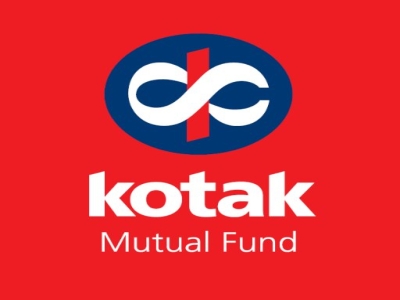Listen to this article
In its yearly outlook, Kotak MF said that 2023 is likely to be a volatile year with a roller coaster ride. This is not the time to be leveraged in equity but the time to maintain a neutral allocation to equity and use any correction as an opportunity to enter.
Allocation between debt, equity, real estate and commodity is extremely important. Also, the gap in return differences between debt and equity is likely to be narrower over the next year.
On global front, though the state of the world economy has deteriorated, India stands out like an oasis in the desert.
While there are many positives for India, there are certain worries alongside. High inflation is impacting growth. Also, as exports have come down, trade deficit continues to remain excessively high. Such deficit is likely to put pressure on the rupee as well as growth. Further, global investors are likely to prefer India to take longer-term calls on investing.
Fund recommendations
Debt funds – Five to seven-year horizon in debt funds can offer better results.
Investors with a shorter horizon could opt for money market funds, savings funds and low-duration funds.
Corporate bond funds, floating rate funds, short-term bond funds, medium-term funds and banking and PSU debt funds, bond funds and dynamic bond funds make sense for a medium-term to long-term horizon.
Equity funds - It is recommended to have an equal allocation to equities as an asset class. It is also advisable to have a marginal overweight to large cap and marginal underweight to small and mid-caps.
The seven key themes
Capex cycle revival - The next phase of the recovery in domestic demand in India will involve a pickup in private capex aided by healthy private balance sheets and a prudent policy mix.
Government focus on defence, railways & infra - As per media reports, the government plans to sharpen its focus on infrastructure growth in the coming union budget by allocating 30% more funds for the roads ministry to speed up construction to more than 50 km of highways daily.
Real estate & home improvement - Real estate and home improvement sector will benefit from both primary and secondary market demand.
Penetrating financial services - The Indian financial services space seems to be in a sweet spot as foreign investors have made a net investment of Rs 14,205 crore (USD 2.1 billion) in November amid strong credit growth and a manageable non-performing loan portfolio.
Rural revival - The push for infra development and local manufacturing is going to directly help the rural income levels. It will also create jobs and boost consumption. Also, the higher MSP (Minimum Support Price) allocation would help to drive consumption of FMCG products in the hinterland. This would be highly beneficial for companies with a strong rural footprint and would also drive growth for the consumer products industry.
Consolidating industry leadership - Consolidation across industries such as banks, steel, cement, NBFC and aviation is resulting in big companies becoming bigger and strong companies becoming stronger.
Capitalizing on global supply chain shifts - There is a structural push to manufacturing from the China+1 strategy and PLI (Production Linked Incentive) schemes. The next decade may probably see the rise of India’s manufacturing sector. Also, the emergence of the Europe+1 theme due to the looming energy crisis in Europe would bode well for India.





